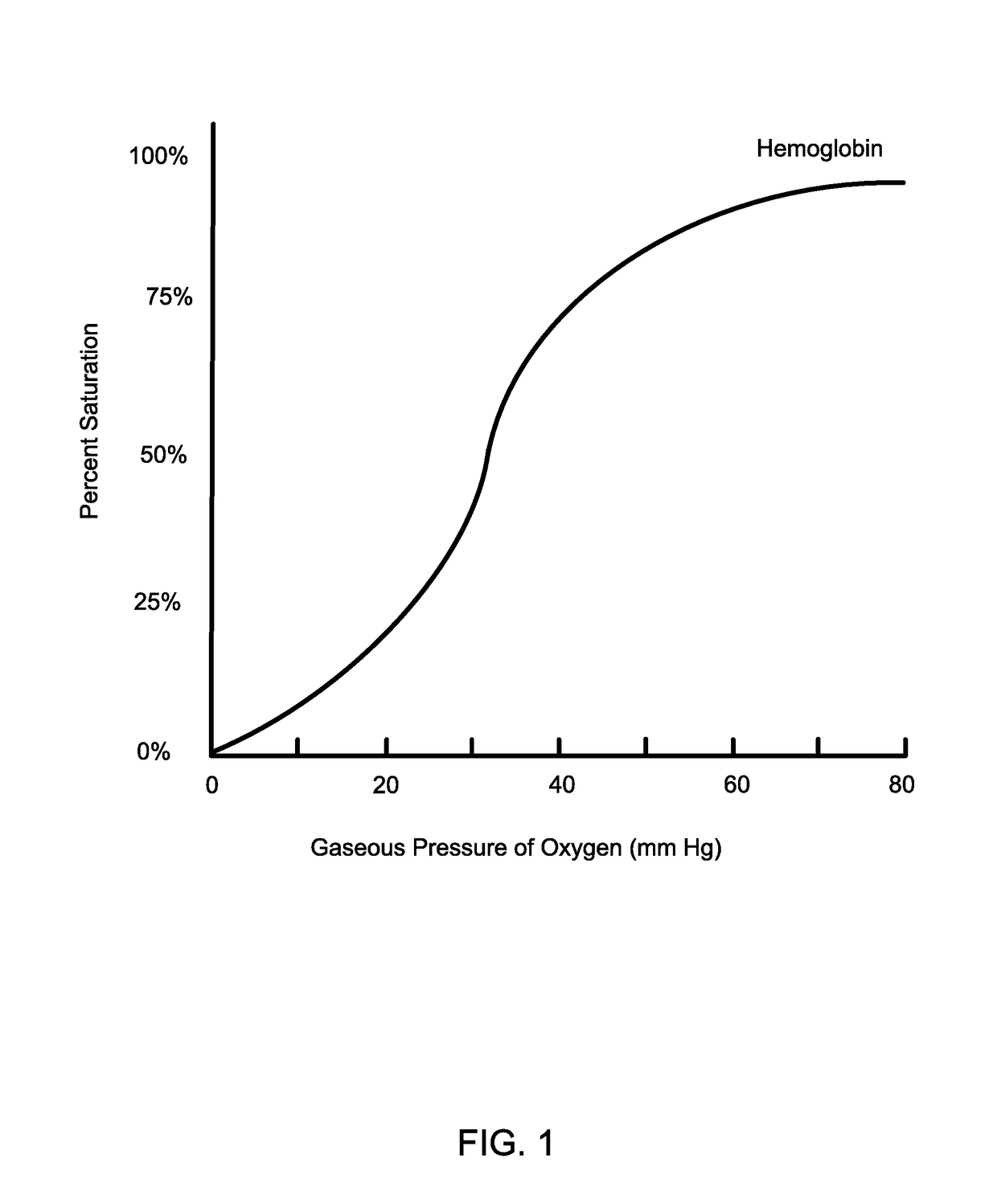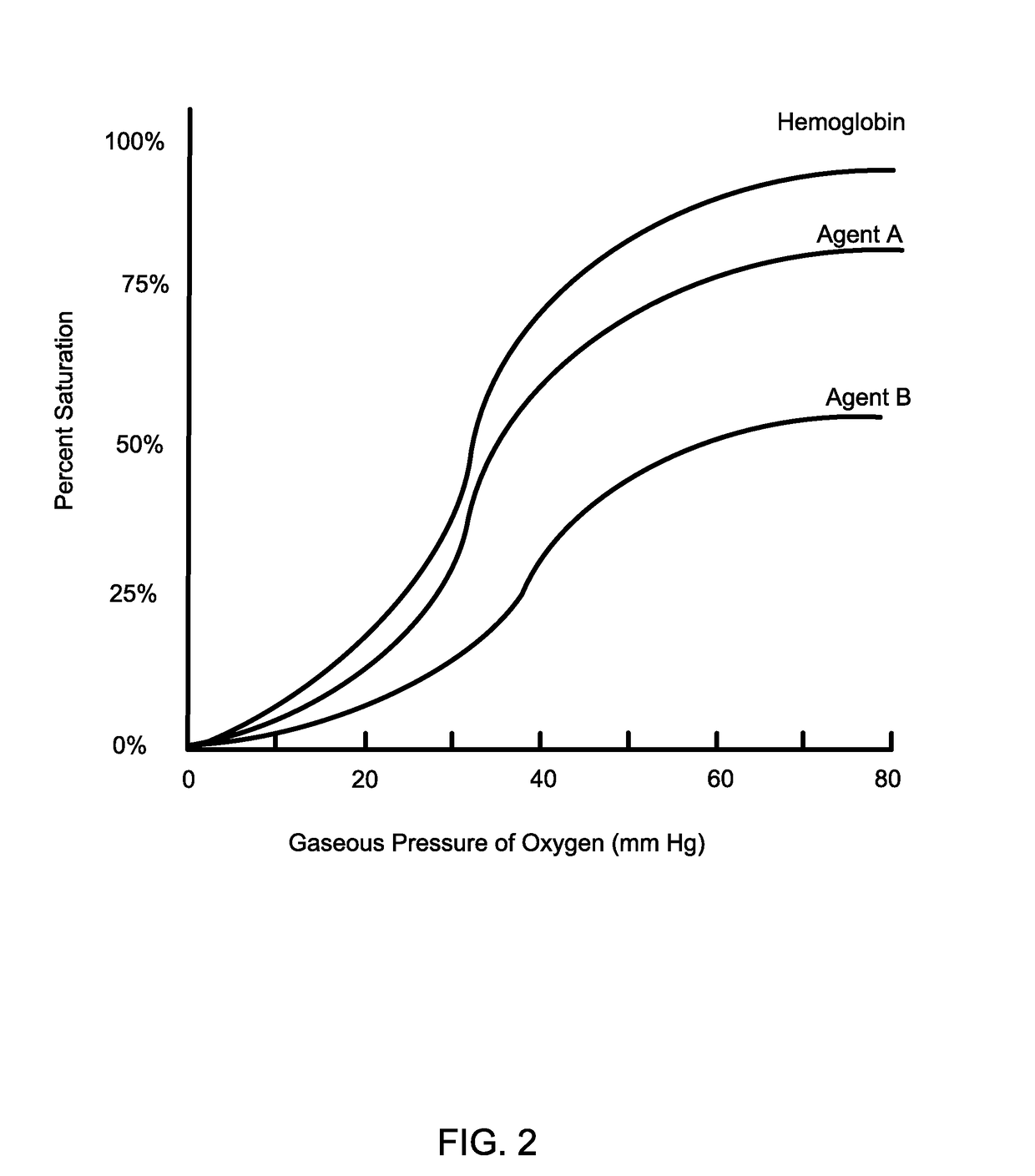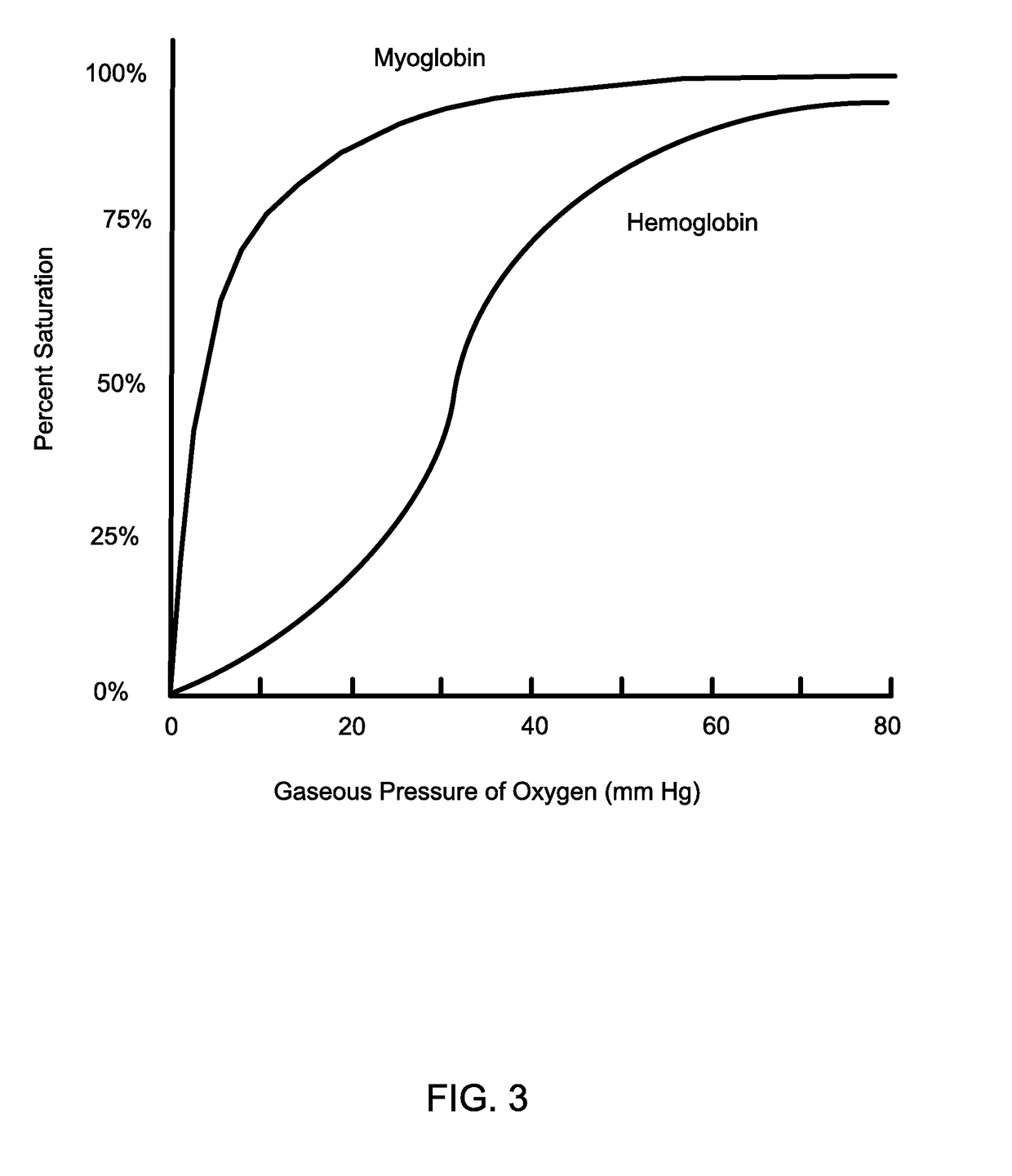Compositions and methods for inducing nanoparticle-mediated microvascular embolization of tumors
a nanoparticle and microvascular technology, applied in the direction of drug compositions, heavy metal active ingredients, peptide/protein ingredients, etc., can solve the problems of increasing the health care cost of more than $55 billion for treatment, reducing local tumor control after surgery, and treatment failure, so as to improve the retention and permeability of tumor microvasculature
- Summary
- Abstract
- Description
- Claims
- Application Information
AI Technical Summary
Benefits of technology
Problems solved by technology
Method used
Image
Examples
example i
[0263]Methods and Materials to Construct Biodegradable PEM Dispersions with Varying Physicochemical Properties
[0264]Poly(ethyleneoxide)-block-poly(ε-caprolactone) (PEO-b-PCL) possessing a PEO block size of ˜1.5-4 kDa and with a PEO block fraction of ˜10-20% by weight are utilized to form biodegradable PEM dispersions. Poly(ethylene oxide)-block-poly(γ-methyl ε-caprolactone) (PEO-b-PMCL) and Poly(ethylene oxide)-block-poly(trimethylcarbonate)(PEO-b-PTMC) copolymers of varying molecular weight, hydrophobic-to-hydrophilic block fraction, and resulting polymersome membrane-core thickness are further incorporated to generate PEM constructs that are not only slowly biodegradable but also uniquely deformable, enabling passage through compromised capillary beds, via infra. PMCL, as a derivative of PCL, is a similarly fully bioresorbable polymer that degrades via non-enzymatic cleavage of its ester linkages. Polymersomes composed from PEO-b-PTMC and / or PEO-b-PMCL are spontaneously formed at ...
example ii
[0269]Characterization of Physicochemical Properties of PEM Dispersions:
[0270]To verify PEM generation, each Mb / polymer formulation is characterized for particle size distribution using dynamic light scattering (DLS). PEM structure and morphology are directly visualized using cryogenic transmission electron microscopy (cryo-TEM). The viscosity of the various PEM dispersions is measured using a microviscometer. To measure Mb encapsulation %, two independent methods are used. In the first method, PEM dispersions are initially lysed with a detergent (e.g., triton X-100) and the UV absorbance of the resulting lysate is measured to determine the mass of Mb and subsequent Mb encapsulation % of the original PEM composition. While this calculation is relatively straight forward, it may overestimate the encapsulation % through some assumptions on total Mb dispersion volume. As such, an asymmetric field-flow fractionator coupled with a differential interferometric refractometer is used to mea...
example iii
[0271]Characterization of the Oxygen-Carrying Properties of Biodegradable PEM Dispersions
[0272]The oxygen binding properties of PEO-b-PCL and PEO-b-PMCL-based PEM dispersions are measured using established techniques. The equilibrium oxygen binding properties are thoroughly characterized as well as the diffusion kinetics of oxygen across polymersome membranes. With the aid of these measurements, oxygen permeabilities and oxygen-membrane diffusion coefficients for these various PEM dispersions are determined. These very fundamental parameters are critical for the optimal design of a successful cellular MBOC. Nitric oxide (NO) binding profiles of various PEO-b-PCL and PEO-b-PMCL-based PEM dispersions are further determined. Acellular MBOCs can be expected to induce vasoconstriction, hypertension, reduced blood flow, and vascular damage in animals due to their entrapment of endothelium-derived NO. Mb-encapsulated in nanoparticles (e.g., polymersomes, liposomes, micelles, etc.) has not ...
PUM
| Property | Measurement | Unit |
|---|---|---|
| Diameter | aaaaa | aaaaa |
| Diameter | aaaaa | aaaaa |
| Nanoscale particle size | aaaaa | aaaaa |
Abstract
Description
Claims
Application Information
 Login to View More
Login to View More - R&D
- Intellectual Property
- Life Sciences
- Materials
- Tech Scout
- Unparalleled Data Quality
- Higher Quality Content
- 60% Fewer Hallucinations
Browse by: Latest US Patents, China's latest patents, Technical Efficacy Thesaurus, Application Domain, Technology Topic, Popular Technical Reports.
© 2025 PatSnap. All rights reserved.Legal|Privacy policy|Modern Slavery Act Transparency Statement|Sitemap|About US| Contact US: help@patsnap.com



